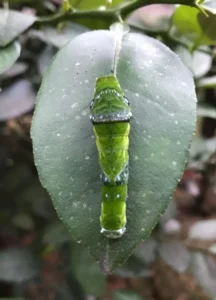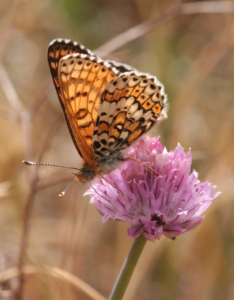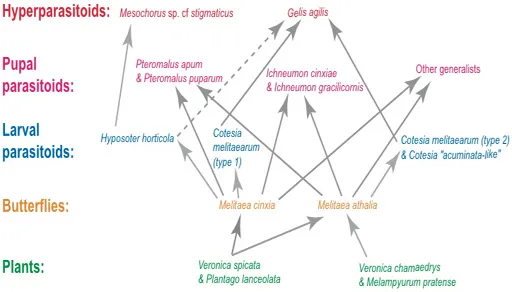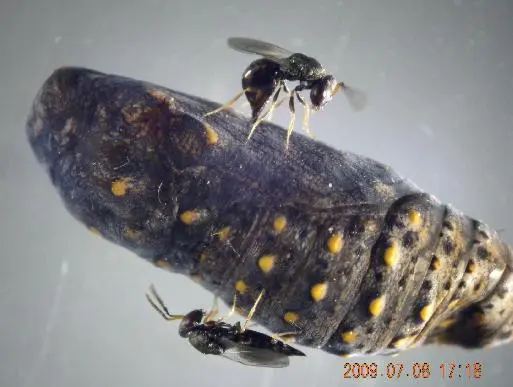Research Topics
Community ecologyCommunity ecology
CURRENT RESEARCH IN INDIA
Butterfly-parasitoid community structures in tropical agricultural, urban and natural settings

Sacred groves as islands for dung beetles
LONGTERM RESEARCH IN THE ÅLAND ISLAND, FINLAND


Duplouy, A., Nair, A., Nyman, T., van Nouhuys, S. 2021 Long-term spatiotemporal genetic structure of an accidental parasitoid introduction, and local changes in prevalence of its associated Wolbachia symbiont Molecular Ecology, 30, 4368-4380
Opedal, Ø., Ovaskainen, O., Saastamoinen, M., Laine, A-L., van Nouhuys, S. 2020 Host plant availability drives the spatio-temporal dynamics of interacting metapopulations across a fragmented landscape. Ecology, 101(12):e03186. 10.1002/ecy.3186
Kahilainen, A., van Nouhuys, S., Schulz, T. & Saastamoinen, M. 2018 Metapopulation dynamics in a changing climate: Increasing spatial synchrony in weather conditions drives metapopulation synchrony of a butterfly inhabiting a fragmented landscape Global Change Biology, 24: 10.1111/gcb.14280
van Nouhuys, S., Hanski, I. 2005 Metacommunities of butterflies and their parasitoids. In Metacommunities: Spatial Dynamics and Ecological Communities (M. Leibold, R. Holt and M. Holyoak eds.). University of Chicago Press. pp. 99-121
Food chain length and contrasting spatial scales of parasitoid populations
van Nouhuys, S. 2005. Effects of habitat fragmentation at different trophic levels in insect communities. Annales Zoologici Fennici, 42: 433–447
van Nouhuys, S. & Hanski, I. 2002. Multitrophic interactions in space: metacommunity dynamics in fragmented landscapes. In Multitrophic level interactions (T. Tscharntke & B. A. Hawkins eds.) Cambridge University Press. pp. 124-147
Indirect interactions in the metacommunity

Wang, S., Brose, U., van Nouhuys S., Holt R. D., Loreau, M. 2021. Metapopulation capacity determines food chain length in fragmented landscapes. PNAS, 118 (34) e2102733118
Opedal OH, Ovaskainen O, Saastamoinen M, Laine AL, van Nouhuys S. 2020. Host-plant availability drives the spatiotemporal dynamics of interacting metapopulations across a fragmented landscape. Ecology 101: e03186
Nieminen, M. and van Nouhuys, S. 2017. The roles of trophic interactions, competition and landscape in determining metacommunity structure of a seed-feeding weevil and its parasitoids. Ann. Zool. Fennici, 54: 83-96
van Nouhuys, S. and Kraft, T. S. 2012. Indirect interaction between butterflies meditated by a shared pupal parasitoid. Population Ecology, 54: 251-260
van Nouhuys, S. & I. Hanski 2000. Apparent competition between parasitoids mediated by a shared hyperparasitoid. Ecology Letters, 3: 82-84
van Nouhuys, S. & I. Hanski 2002. Multitrophic interactions in space: metacommunity dynamics in fragmented landscapes. In Multitrophic level interactions (T. Tscharntke & B. A. Hawkins eds.) Cambridge University Press. pp. 124-147

